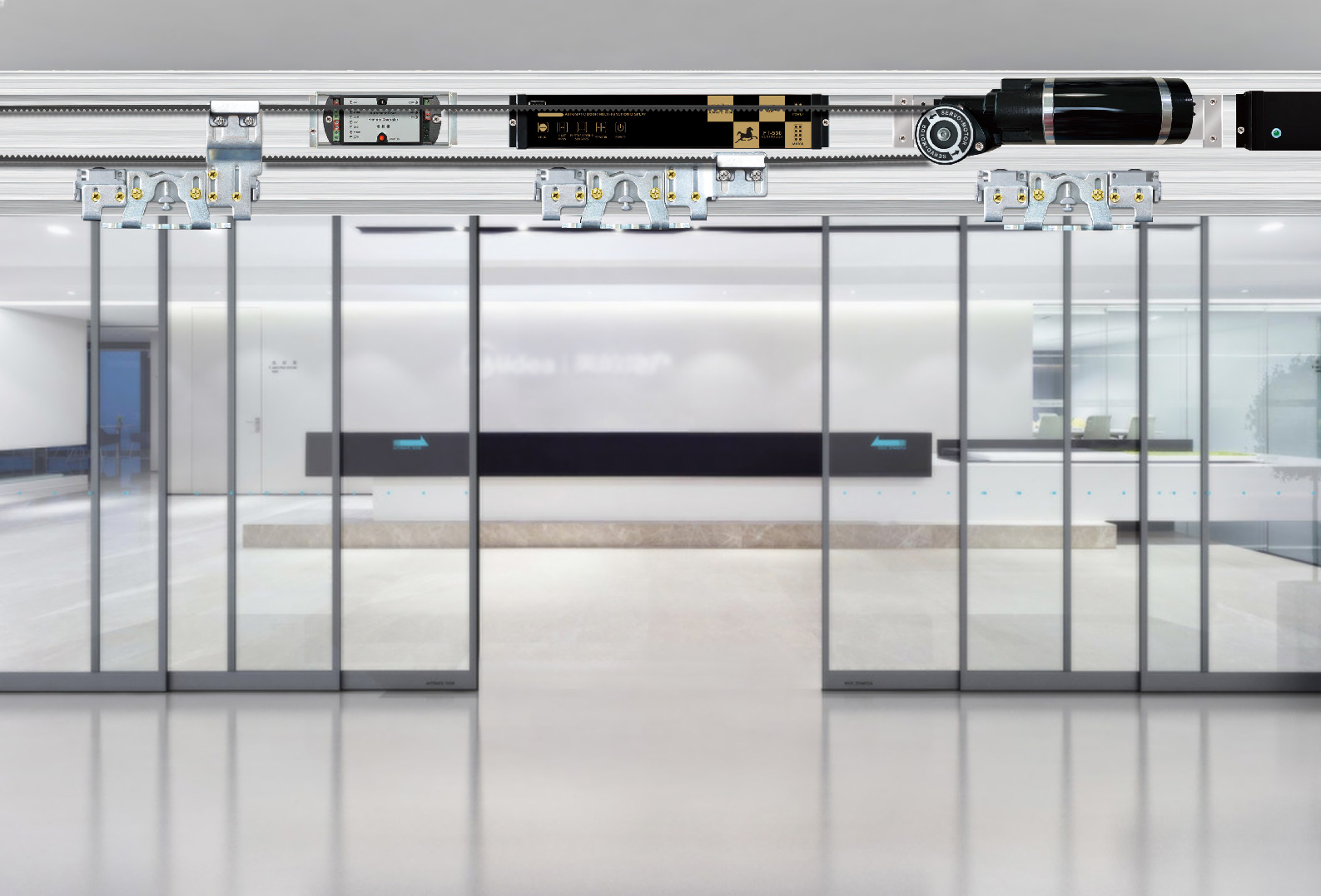Are there energy-efficient options available for automatic sliding door motors?
In the quest for sustainable and energy-efficient solutions, the domain of automatic sliding door systems has not been left untouched. The choice of motors powering these doors plays a crucial role in determining the overall energy consumption and environmental impact. This article explores the availability of energy-efficient options for automatic sliding door motors and how these innovations contribute to a greener and more sustainable future.

1. Variable Frequency Drives (VFDs):
Modern automatic sliding door systems often incorporate Variable Frequency Drives (VFDs) in their motors. VFDs enable the motor to adjust its speed based on the actual requirements, reducing energy consumption during periods of low activity. This dynamic control not only enhances energy efficiency but also extends the lifespan of the motor.
2. Low-Power Standby Mode:
Energy-efficient automatic sliding door motors are designed to enter a low-power standby mode when not in active use. This feature ensures that the motor consumes minimal energy during periods of inactivity, contributing to overall energy savings without compromising the system's responsiveness when needed.
3. Brushless DC Motors:
Traditional motors with brushes can be less energy-efficient due to friction and wear. Brushless DC motors are gaining popularity in automatic sliding door systems as they operate more efficiently, produce less heat, and require less maintenance. These motors contribute to reduced energy consumption and lower operating costs over the long term.
4. Motion Sensors and Activation Logic:
Energy-efficient automatic sliding door systems often incorporate advanced sensors and activation logic. Motion sensors detect the presence of individuals approaching the door, allowing the system to activate only when necessary. This intelligent activation reduces unnecessary operation, conserving energy and promoting efficiency.
5. Solar-Powered Options:
As the push for renewable energy sources grows, some automatic sliding door systems now come with solar-powered options. Solar panels integrated into the system harness energy from the sun, reducing reliance on traditional power sources and making the overall operation more environmentally friendly.
6. Energy Monitoring and Management:
Cutting-edge automatic sliding door systems may feature built-in energy monitoring and management capabilities. These systems track energy consumption patterns, allowing users to optimize the operation of the doors based on real-time data. This proactive approach enables further energy savings and contributes to a sustainable operation.
7. Compliance with Energy Efficiency Standards:
Manufacturers of automatic sliding door motors are increasingly aligning their products with energy efficiency standards and certifications. Compliance with these standards ensures that the motors meet specific energy performance criteria, providing consumers with a reliable benchmark for choosing energy-efficient options.
Conclusion:
The evolution of automatic sliding door motors towards energy efficiency reflects a commitment to sustainability in the design and operation of building access systems. The incorporation of features such as Variable Frequency Drives, low-power standby modes, brushless DC motors, motion sensors, and solar-powered options signifies a concerted effort to reduce energy consumption and environmental impact. As technology continues to advance, the integration of energy-efficient options in automatic sliding door systems is expected to play a pivotal role in creating smarter, greener, and more sustainable building solutions.







